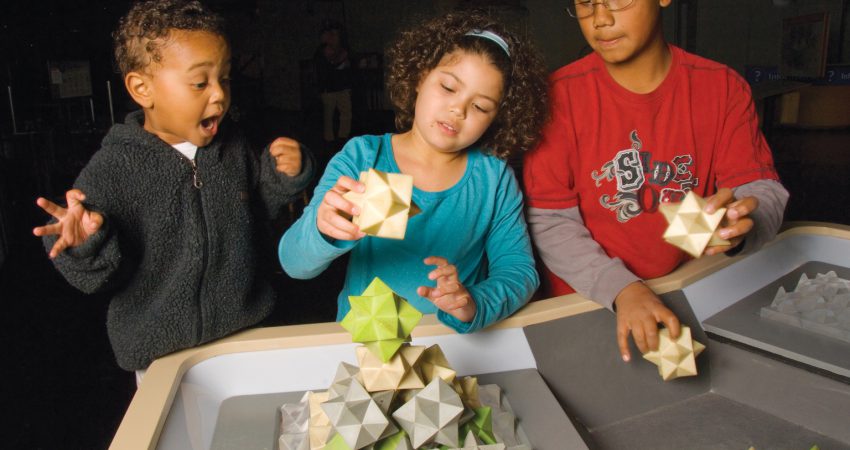
By Jean J. Ryoo - November 2015
PAPER CITATION
Nicolopoulou, A., Barbosa de Sá, A., Ilgaz, H., & Brockmeyer, C. (2009). Using the transformative power of play to educate hearts and minds: From Vyogtsky to Vivian Paley and beyond. Mind, Culture, and Activity, 17(1), 42–58. doi:10.1080/10749030903312512
Play-based learning is often misunderstood in educational contexts, resulting in one of two extremes: unstructured free time or scripted play. The first limits adult opportunities to push student thinking; the second doesn’t leave enough room for imagination and creativity.
This study illuminates how play-based learning can move beyond these two extremes to:
- Support cognitive development and social competence in such areas as collaboration, empathy, and self-regulation
- Systematically integrate play into the curriculum in ways that enable children to use their own creativity
The authors explored how Vivian Paley’s (1990) storytelling/acting methods affected preschool children’s oral language skills, emergent literacy, and social competence.
Research Design
The research took place over two years in 14 preschool classrooms serving low-income children ages 3–5 from diverse ethnic backgrounds across California, Massachusetts, and Pennsylvania. Seven of the classrooms engaged in storytelling/acting activities and seven did not. A total of 147 children—81 in play classrooms and 66 in control classrooms—participated for the entire year. Of these, 48 percent were white, 22 percent Hispanic, and 19 percent African American; 63 percent were defined as low income.
In treatment classes, the storytelling/acting activity occurred every day. Children could initiate dictation of a story to a teacher, who would write it down. Later in the day, each story would be read aloud during “group time”; the child-author would chose peers or adults to act out the story. Play was integrated into the curriculum by enabling children to take on three interrelated roles: author, actor, and audience.
Data collected included observations conducted by graduate students who led storytelling/acting activities once or twice a week for most of the school year. All 147 children who remained in the study were given pre-tests and post-tests measuring vocabulary, narrative skills, emergent literacy abilities, and social competence.
Research Findings
Findings show that children in the play-based classes significantly improved their story comprehension skills and their print and word awareness. They also improved their self-regulation abilities and experienced decreased instances of and refusing to play with others.
Several students in the play-based classrooms had emotional or behavioral issues early in the year that interrupted their abilities to engage well with peers. These students became more socially competent and more integrated in their communities. One such student was 4½-year-old Destiny. At the beginning of the year, Destiny wanted to play with others but had difficulty expressing her wants and postponing gratification. She often cried and had temper tantrums; she was unsuccessful at making friends. However, through the storytelling/acting activities, Destiny not only improved her emergent literacy skills but also gained socioemotional skills that enabled her to build new friendships and cry less often.
Theoretical Basis
The authors build on Vygotsky’s (1967) theory of learning through play which involves:
- An imaginary situation: either fantasy and pretend play or structured games involving an imaginary world
- Rules that may be either explicit or implicit to the imaginary situation
Learning occurs because, in play, one is attempting to understand and impose rules upon oneself: Satisfaction is achieved by following the implicit rules of the game or imaginary situation. This structure forces one to make sense of the larger cultural context of the play and of the social practices in the play situation. Play engages children in abstract, internalized thinking that pushes them to act out in imaginary situations what may be beyond their current abilities.
Implications for Practice
Although this study does not focus on science education, informal educators may learn from this article about the value of play-based learning. By weaving creative play with science, informal science educators may be able to engage youth in learning science knowledge and practices, as studies of STEM-rich “tinkering” and “making” activities show (see Related Briefs). Carefully incorporating creative play in ways that offer space both for imagination and for facilitation and thoughtful pedagogy can be a means to engage students who have historically been underrepresented in STEM fields.




